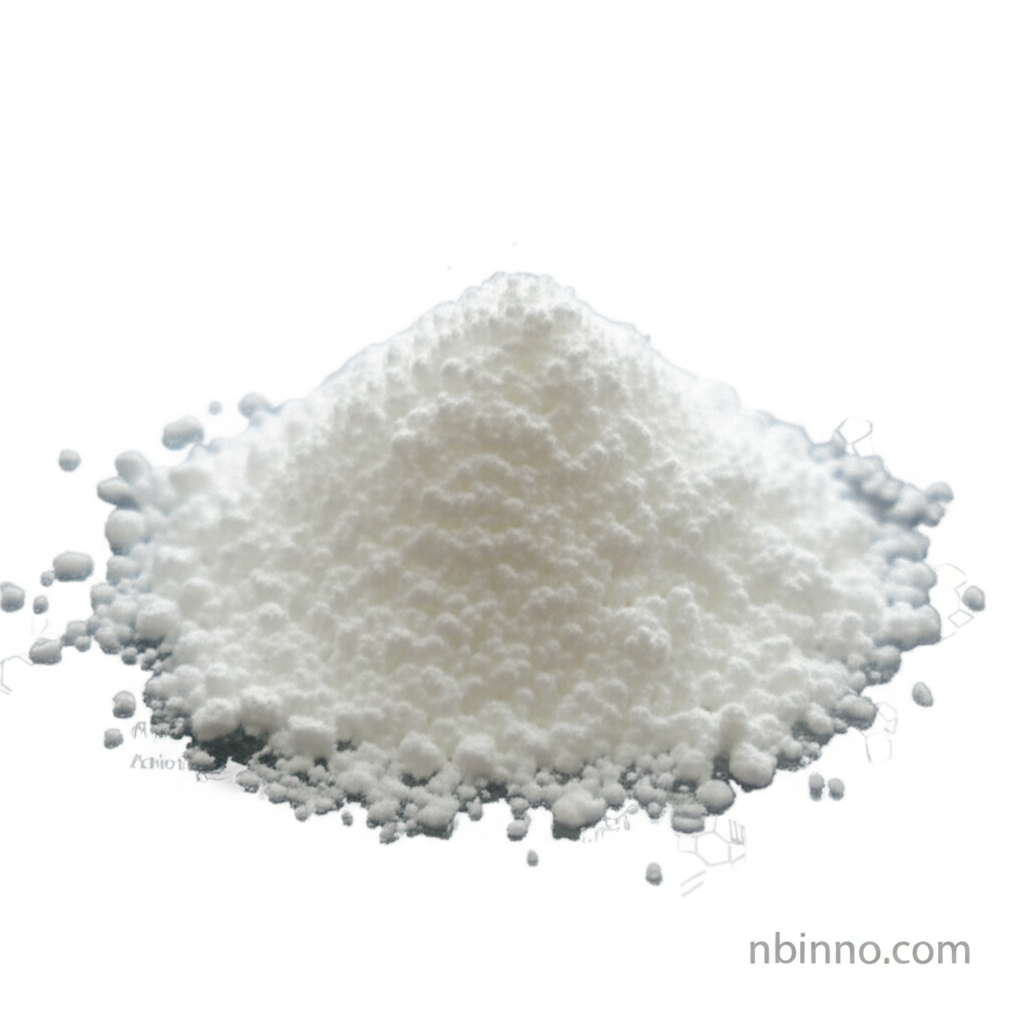Discover 2-(Bis(2-hydroxyethyl)amino)acetic Acid: A Versatile Chemical Compound
Explore the unique properties and diverse applications of this essential amino acid buffer.
Get a Quote & SampleProduct Core Value

2-(Bis(2-hydroxyethyl)amino)acetic Acid
This compound serves as a crucial zwitterionic amino acid buffer, with a pKa of 8.26 at 25°C, making it highly effective in the pH range of 7.6-9.0. Its chemical structure, featuring amino, carboxyl, and two hydroxyl groups, contributes to its polarity and solubility in water.
- Key application of 2-(Bis(2-hydroxyethyl)amino)acetic acid buffer is in preparing stable substrate solutions for guanine deaminase determination.
- This compound is recommended for low-temperature biochemical work, enhancing experimental reliability.
- Studies show that bicine can promote amyloid-beta fibrils formation, impacting neurological research.
- Utilized for its role in protein crystallization and as a buffer in various enzymatic studies.
Key Advantages
Buffer Stability
As a zwitterionic amino acid buffer, it provides excellent stability across its active pH range, crucial for precise biochemical assays.
Low-Temperature Efficacy
Its reliability in low-temperature biochemical work makes it ideal for sensitive experiments where temperature control is critical.
Material Enhancement
Bicine can be used as a nitrogenous strength enhancer, improving cement hydration and overall cement properties in industrial applications.
Key Applications
Biochemical Assays
Essential for preparing stable substrate solutions for the determination of enzymes like guanine deaminase, supporting accurate diagnostic tests.
Protein Research
Frequently utilized in protein crystallization and as a buffer component in SDS-PAGE for enhanced resolution, aiding in the study of proteins.
Industrial Chemistry
Acts as a strength enhancer in cement, influencing hydration and material properties, showcasing its utility beyond biological fields.
Biomedical Studies
Research indicates its ability to promote amyloid-beta fibrils formation, contributing to studies on neurodegenerative diseases.
